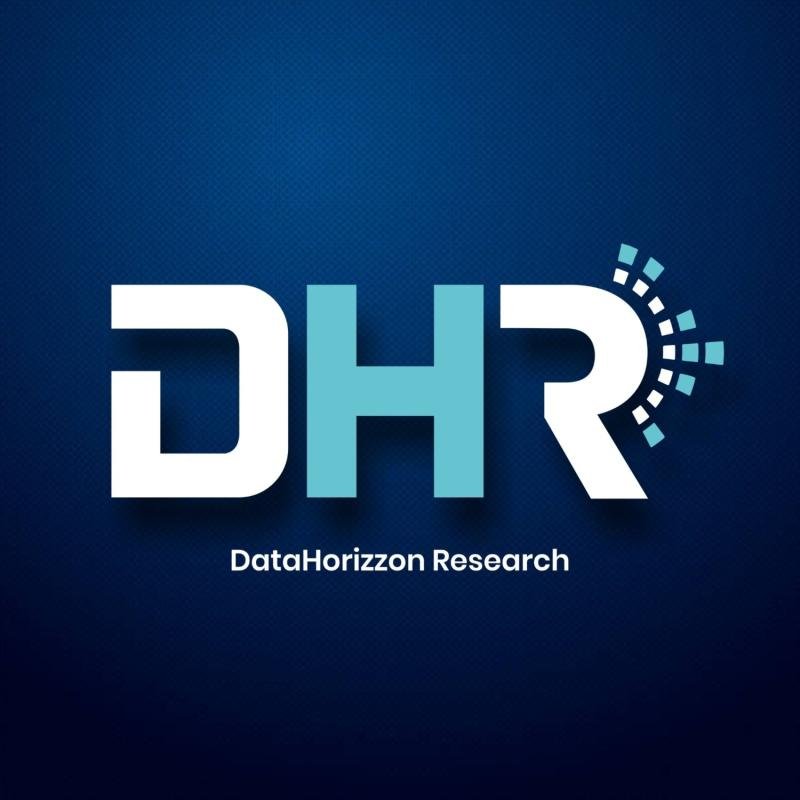According to a new study by DataHorizzon Research, the 4G LTE Cellular Security Camera Market is projected to grow at a CAGR of 10.1% from 2025 to 2033. The surge in demand is fueled by the need for wireless surveillance, remote monitoring, and uninterrupted security coverage in both urban and rural environments. With the increasing adoption of smart homes, connected infrastructure, and IoT-driven security systems, 4G LTE-enabled cameras are becoming essential for real-time monitoring across industries and households.
Unlike traditional wired cameras, 4G LTE cellular security cameras do not rely on local Wi-Fi or fixed broadband networks, making them ideal for construction sites, transportation hubs, oil & gas fields, agricultural lands, and remote locations where conventional connectivity may be limited. Their ability to provide live video streaming, motion alerts, cloud storage, and AI-powered analytics is accelerating global adoption.
Get a free sample report: https://datahorizzonresearch.com/request-sample-pdf/global-4g-lte-cellular-security-camera-market-50779
Market Size & Insights
The 4G LTE cellular security camera market is experiencing rapid growth as organizations and individuals increasingly prioritize wireless and mobile-first surveillance systems. The 4G LTE cellular security camera market was valued at approximately USD 2.47 billion in 2024 and is anticipated to reach USD 5.89 billion by 2033, exhibiting a compound annual growth rate (CAGR) of 10.1% from 2025 to 2033.
The growth trajectory is driven by multiple factors, including the expansion of 4G LTE infrastructure worldwide, rising concerns over property crime, and growing demand for cost-effective yet reliable surveillance solutions. As enterprises transition toward cloud-based video management systems (VMS), 4G LTE cameras are playing a pivotal role in ensuring seamless integration with existing security ecosystems.
Additionally, the integration of artificial intelligence (AI) and computer vision technologies enhances threat detection, facial recognition, and automated alerts. For residential users, LTE-powered cameras are emerging as a preferred option due to their easy installation, battery backup, and ability to work without local internet connections. Enterprises across industries are also deploying them for fleet monitoring, construction site security, critical infrastructure protection, and rural area surveillance.
The combination of mobility, flexibility, and scalability is establishing 4G LTE cellular cameras as a mainstream security solution across global markets.
Key Factors Driving the Future Growth of the 4G LTE Cellular Security Camera Market
• Expansion of 4G LTE networks in rural and underserved areas worldwide.
• Rising demand for remote and mobile surveillance in construction, transportation, and oil & gas sectors.
• Increasing focus on smart city development and public safety infrastructure.
• Growing adoption of AI-enabled features such as motion detection, facial recognition, and cloud analytics.
• Surge in demand for DIY home security solutions among residential users.
• Integration with cloud storage platforms and mobile app-based monitoring systems.
Recent Developments
• Introduction of solar-powered LTE security cameras to enhance deployment in off-grid locations.
• Launch of AI-driven LTE cameras with advanced video analytics for threat identification.
• Strategic collaborations between camera manufacturers and telecom operators to expand coverage and service bundling.
• Integration of multi-network support (4G/5G compatibility) for future-proof surveillance solutions.
• Development of edge-computing-enabled LTE cameras for faster data processing at the device level.
• Expansion of subscription-based monitoring services linked with LTE security systems.
Emerging Trends
The market is witnessing strong momentum in solar-powered LTE cameras, AI-based video analytics, and edge computing-enabled surveillance solutions. As smart cities expand and enterprises demand wireless-first security infrastructure, LTE cameras are being integrated with IoT devices, drones, and mobile monitoring platforms. Additionally, the shift toward hybrid 4G/5G-enabled systems ensures scalability and future readiness, setting the stage for next-generation surveillance ecosystems.
Market Segments
By Power Source:
• Battery-Only
• Solar + Battery
• AC-Powered
By Camera Type:
• Bullet
• PTZ
• Pan-Tilt
• Dome
• Others
By Resolution:
• 1080p (2MP)
• 2K (3-4MP)
• 4K (8MP+)
By End-Use Application:
• Residential
• Commercial
• Industrial
Top 10 Market Companies
• Arlo Technologies
• Reolink
• Vosker
• Swann Communications
• Hikvision
• Dahua Technology
• Ubiquiti Inc.
• Eufy Security (Anker Innovations)
• Axis Communications
• Panasonic i-PRO
Regional Insights
North America leads the global market, supported by strong LTE coverage, high adoption of smart home devices, and enterprise security investments. Europe is experiencing robust demand, particularly in public safety and smart city projects. The Asia-Pacific region is expected to grow at the fastest pace, driven by expanding telecom networks, rising crime concerns, and large-scale infrastructure development in China, India, and Southeast Asia. Latin America and the Middle East are also witnessing strong adoption, particularly in oil & gas, mining, and remote surveillance applications.
Market Outlook
The 4G LTE cellular security camera market is set for strong expansion through 2033, driven by the global shift toward wireless-first surveillance systems. As LTE infrastructure becomes more accessible, adoption will rise in both developed and emerging regions. The integration of AI, cloud connectivity, and edge analytics will further elevate the capabilities of LTE cameras, making them indispensable for real-time monitoring.
In the residential sector, user-friendly installation and the growing popularity of DIY security solutions will drive uptake. Meanwhile, enterprises will increasingly deploy LTE cameras for critical infrastructure protection, transportation security, and industrial monitoring.
Looking ahead, the market will benefit from the transition toward hybrid 4G/5G solutions, ensuring scalability and long-term relevance. Vendors that focus on solar-powered, AI-enabled, and subscription-based service models will capture significant opportunities in the evolving security landscape. By 2033, the market is expected to be highly competitive, with consolidation, partnerships, and innovation shaping the next generation of cellular surveillance technologies.
Contact:
Ajay N
Ph: +1-970-633-3460
Latest Reports:
Halal Hair Care Market: https://datahorizzonresearch.com/halal-hair-care-market-53385
Dolomite Products Market: https://datahorizzonresearch.com/dolomite-products-market-53386
Homeware Market: https://datahorizzonresearch.com/homeware-market-53387
Biological Bottle Market: https://datahorizzonresearch.com/biological-bottle-market-53388
Company Name: DataHorizzon Research
Address: North Mason Street, Fort Collins,
Colorado, United States.
Mail: sales@datahorizzonresearch.com
DataHorizzon is a market research and advisory company that assists organizations across the globe in formulating growth strategies for changing business dynamics. Its offerings include consulting services across enterprises and business insights to make actionable decisions. DHR’s comprehensive research methodology for predicting long-term and sustainable trends in the market facilitates complex decisions for organizations.
This release was published on openPR.


















